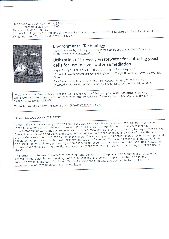摘要
Successful in situ bio-augmentation of contaminated river water involves reducing the cost of the bio-agent. In this study, brewery wastewater was used to culture yeast cells for degrading the CODCr from a contaminated river. The results showed that 15 g/L of yeast cells could be achieved after being cultured in the autoclaved brewery wastewater with 5 mL/L of saccharified starch and 9 g/L of corn steep liquor. The CODCr removal efficiency was increased from 22% to 33% when the cells were cultured using the mentioned method. Based on the market price of materials used in this method, the cost of the medium for remediating 1 m(3) of river water was 0.0076 US dollars. If the additional cost of field implementation is included, the total cost is less than 0.016 US dollars for treating 1 m(3) of river water. The final cost was dependent on the size of remediation: the larger the scale, the lower the cost. By this method, the nutrient in the brewery wastewater was reused, the cost of brewery wastewater treatment was saved and the cost of the remediation using bio-augmentation was reduced. Hence, it is suggested that using brewery wastewater to culture a bio-agent for bio-augmentation is a cost-effective method.
- 出版日期2012
- 单位天津大学
